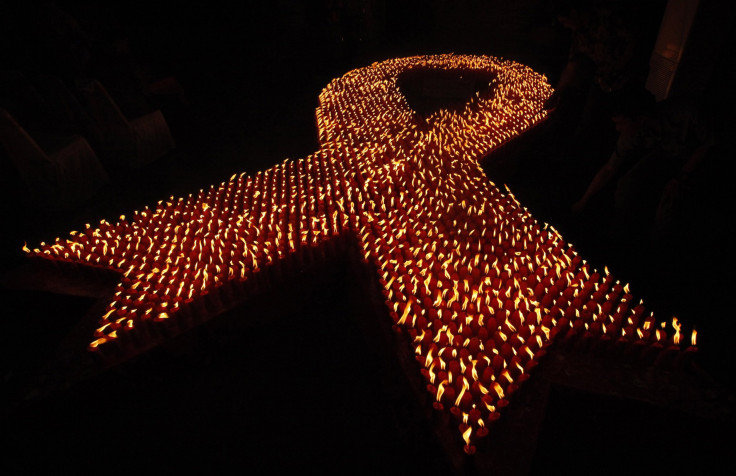HIV ‘Patient Zero’ Gaëtan Dugas Wrongly Blamed For AIDS Epidemic In US, Genetic Study Finds

Gaëtan Dugas. If you’ve heard the name, you must know him as the “patient zero” who brought AIDS to the United States in the 1980s.
He was not.
A study published Wednesday in the journal Nature has documented, in unprecedented detail, the origin and spread of AIDS in the U.S. in the 1970s, and has, in the process, exonerated the man long demonized for his role in spreading the epidemic in the country.
“Gaëtan Dugas is one of the most demonised patients in history, and one of a long line of individuals and groups vilified in the belief that they somehow fuelled epidemics with malicious intent,” Richard McKay from the University of Cambridge, who co-authored the study published in the journal Nature, said in a statement. “In many ways, the historical evidence has been pointing to the fallacy of Patient Zero for decades. We now have additional phylogenetic evidence that helps to consolidate this position.”
In the U.S., AIDS was only recognized in 1981, when symptoms of the disease were noticed among gay men in California. Dugas — a homosexual Canadian flight attendant — was named “patient zero” in a 1987 book written by the San Francisco-based reporter Randy Shilts. This was because of a misinterpretation of the label given to him three years ago the U.S. Centers for Disease Control — Patient O (the letter, not the number), which was meant to signify that he was from “out of California.”
“With the CDC’s accidental coining of this term, and Shilts’s well-honed storytelling instincts, you can see the consolidation of an ‘infectious’ formula that would become central to the way many would make sense of later epidemics,” McKay said. “We hope this research will give researchers, journalists and the public pause before using the term Patient Zero. The phrase carries many meanings and a freighted history, and has seldom pointed to what its users have intended.”
So how did researchers discover that Dugas was not the one who brought AIDS to the U.S.? By using an innovative molecular technique that allowed them to recover genetic material from 40-year-old serum samples and using them to assemble eight complete HIV genetic codes.
Doing so provided them enough information to create a family tree of the virus, which, in turn, enabled them to chart its history. This revealed that once HIV had crossed the Atlantic from Africa, it quickly spread through the Caribbean and soon entered the U.S., where New York City became the most critical hub for the epidemic in the country the 1970s — predating the earliest cases in California, which grabbed headlines in the 1980s.
“In New York City, the virus encountered a population that was like dry tinder, causing the epidemic to burn hotter and faster and infecting enough people that it grabs the world's attention for the first time,” lead author Michael Worobey from the University of Arizona said in a statement. “Our analysis shows that the outbreaks in California that first caused people to ring the alarm bells and led to the discovery of AIDS were really just offshoots of the earlier outbreak that we see in New York City.”
© Copyright IBTimes 2024. All rights reserved.





















